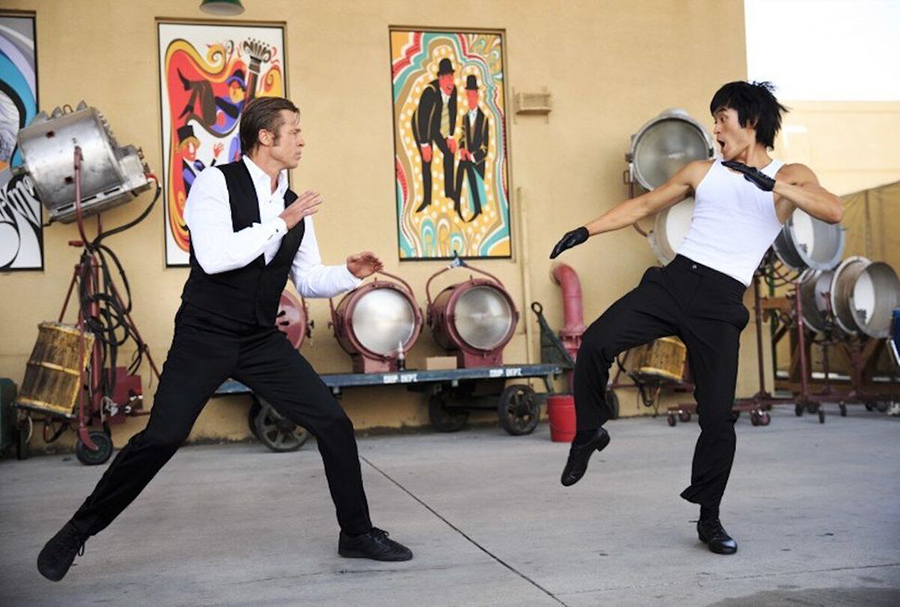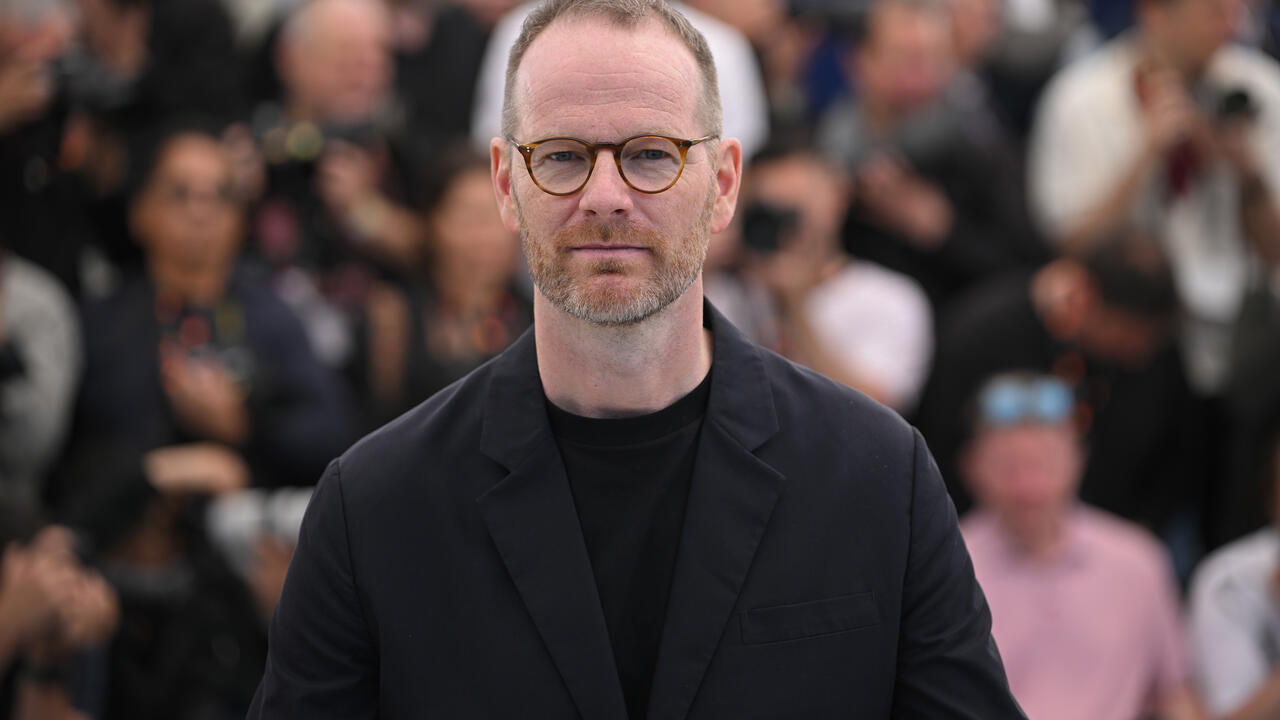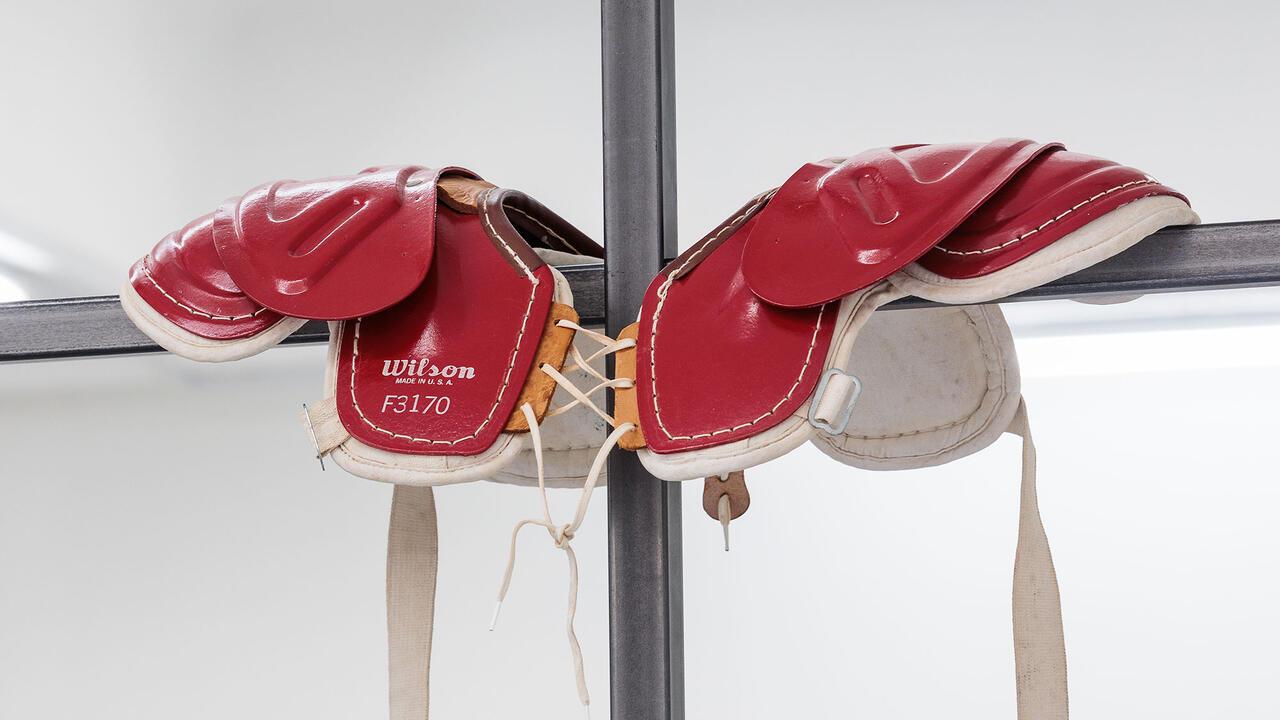Quentin Tarantino Can’t Save Hollywood
The most complex question the director asks is why not just beat up the bad guys
The most complex question the director asks is why not just beat up the bad guys

The most compelling historical characters are the ones who embody the promise of their era; their successes are the successes of a generation. But more celebrated than their victories are their downfalls, which often illustrate the incendiary excesses of an era. The arcs of these exemplary lives – Jesus, Napoleon and Sharon Tate, say – stand in for longer histories that are stranger and more difficult to comprehend.

Quentin Tarantino’s latest feature, Once Upon a Time In… Hollywood (2019), takes place in the grimy and glamorous underbelly of Hollywood in 1969, where Steve McQueen and Charles Manson occupy the same psychic – and physical – landscape. Watching it reminded me of one of those historical characters who came to embody the age: Bobby Beausoleil, a flower-child who played in various bands, including some which would produce the members of the psychedelic rock outfit Love. He also had a small role in Robert Carl Cohen’s Mondo Hollywood (1967), the trippy exploitation documentary about counterculture Hollywood.
Most notably, he appears in Kenneth Anger’s 1969 11-minute film titled Invocation of My Demon Brother. In Invocation, a cast of magnetic young occultists – including Anton LaVey, the founder of the Church of Satan – smoke weed out of a small skull, participate in a satanic ritual featuring a cat and march in an otherworldly procession dressed in extravagant garb. At the end of the film, an ambiguous creature descends from a staircase with a sign that reads: ‘ZAP / YOU’RE PREGNANT / THAT’S WITCHCRAFT’. Finally, Beausoleil appears partly cloaked in darkness, raising his arms victoriously, the rest of his body illuminated by a reticular red light.

In July 1969, acting on orders from Charles Manson, Beausoleil killed his friend Gary Hinman, afterwards writing ‘Political Piggy’ on Hinman’s wall in his own blood. A few weeks later, Manson would send a crew of acid-minions to kill the occupants of 10050 Cielo Drive, resulting in the gruesome murders of Sharon Tate, her unborn child, the celebrity hairstylist Jay Sebring (the man responsible for Jim Morrison’s signature locks), Steven Parent and Tate’s friends, Wojciech Frykowski and Abigail Folger, who was the heiress to a coffee fortune. Their killers – Tex Watson, Susan Atkins and Patty Krenwinkel – wrote ‘Pig’ in blood on the front door. Beausoleil never made it as an actor or musician outside of prison, derailed instead by satanic forces (and his acquaintance with mass killers), but his career of crushed dreams represents an analog to Tate, who was an emerging starlet whose death seemed to smash the structure of the old studio system for good.
I always liked the Beausoleil connection – who doesn’t get a tinge of black magic excitement from the single degree of separation between Kenneth Anger and Charles Manson? But then again, it’s probably not so hard to draw a straight line from anyone in late ’60s Hollywood to Manson. He wrote songs for the Beach Boys (only one was recorded) and knew several producers in the music industry. One of those producers, Terry Melcher (Doris Day’s son), was a previous renter of the Cielo Drive house. Manson believed that Melcher had reneged on a promised record deal for the creepy musician, and it’s possible that the Family’s original target for the night of 8 August was not Tate, but Melcher.

I’m not going to complain that Kenneth Anger doesn’t rear his pagan head in Quentin Tarantino’s latest. But the tale of Bobby Beausoleil is a reminder of what’s most appealing about the director’s latest foray into historical revanchism – the genre in which he’s worked for the past ten years. Like Inglourious Basterds (2009) and Django Unchained (2012), Once Upon a Time… trades in alternate histories that offer victoriously bloody retribution for criminal enterprises that were far more successful in real life than they appear in Tarantino’s cinema. Once Upon a Time… exploits the seamy underbelly of industrialized movie making; its Hollywood is a safe haven for wife killers, rapists, racists and a merry band of murderous hippies, regardless of whatever sun-bleached and radio-signaled nostalgia might be apparent at first glance. (I wonder if the absence of Tarantino’s abusive linebacker, the disgraced producer Harvey Weinstein, resulted in his first film without the n-word.) Tarantino’s Hollywood hews closer to Anger’s book Hollywood Babylon (1959), the Bible of nasty tinsel town gossip that covers everything from group sex to an actress’s unattended corpse that was devoured by a dachshund. (A later edition delved into the Tate murder.) But unlike his earlier films, which sought to stop the Holocaust and destroy slavery, Hollywood is an institution Tarantino wants to save, not salvage. The result – rescuing Sharon Tate from the knives of the Family – is a fantastical resuscitation, a corpse stuffed with celluloid, so it can have another go.

Once Upon a Time… is split into two parts: A long opening sequence in which Rick Dalton (Leonardo DiCaprio) – an alcoholic Hollywood pretty boy on the downswing of his career – and his supernaturally cool, windswept stunt double-cum-manservant Cliff Booth (Brad Pitt) drive around an expensively reconstructed Los Angeles, doing a little work, listening to a lot of music and debating whether to star in Spaghetti Westerns rather than cameo on serialized network TV. Hollywood is changing: 1969 is the year Sam Peckinpah releases The Wild Bunch, Warner Brothers’s last-ditch effort at marshalling cowboys into big budget, mainstream relevance. Pompadours are out, long hair is in. Drunk and listless at a career crossroads, Dalton is most fascinated by his neighbors: Sharon Tate (Margot Robbie), a rising star with a 20,000-megawatt smile, and her husband Roman Polanski, the hottest director in town since the release of his breakout film, Rosemary’s Baby (1968). If he could befriend Polanski and Tate, he thinks, then he might catch another break. They don’t meet, and Dalton takes the Italian jobs.
Midway through Hollywood’s rambling first section, Booth picks up a hippie hitchhiker and ends up at Spahn Ranch, where Manson’s acid-frontier Family spent 1968–69. The Ranch used to serve as a shooting location for Westerns (Howard Hughes shot The Outlaw there in 1941); Booth tells us he worked there in the past – professional life in Hollywood always leads to intersections with creepy hangers-on. Manson and his family, Tarantino seems to posit, weren’t any different. Only, Booth doesn’t take any guff from Squeaky and her ilk, opting instead to beat one hippie into fixing his flat tire before driving away, escaping his first potential murder at the Family’s hands.

The film’s second part – basically its finale – plays like a reconstructed police report, timestamps and all, set to The Rolling Stones’s 1966 song ‘Out of Time’ – a rare non-diegetic musical cue in a film dominated by ambient radio advertisement and forgotten singles of the day. Dalton and Booth return from Europe, rolling in overseas cash. Members of Manson’s Family drive up to the Tate-Polanski residence, unaware that Tate and Polanski rented the house from Melcher earlier in the year. Quasi-fictional Family members Tex (Austin Butler), Sadie (Mikey Madison) and Katie (Madisen Beaty) recognize a wasted Dalton from his lead role on the violent ’50s–’60s TV western, Bounty Law. Sadie argues that they should kill the stars who taught them to kill in the first place: the celebrities who have fried their brains since childhood with visions of all-American, Technicolor bloodlust.
But when they bust into the Dalton residence, it’s worse than anything Sadie could have imagined. Katie’s face is beaten against a clunky telephone; Tex’s is smashed in by Booth’s era-appropriate suede moccasins. Dalton, using a flamethrower, sears Sadie to a crisp while she flails in his pool. By the end of the massacre, which has reversed the fate of the Family on 8 August 1969, Dalton finally meets his neighbors. Tate is spared. The rest is history – or wishfully so.

The movie is fine. There’s sensual pleasure to be found in watching Brad Pitt drive around and smoke cigarettes. And there is pleasure in the film’s campy, gory ending, if that’s your kind of thing. But as always, Tarantino’s historical revisionism falls flat: he remains trapped in an oral stage of psycho-cinematic gratification, cathartically curb-stomping historical villains with boots of liberal do-goodery. His bloodletting, though, perpetuates historical erasures more than possible creative implications. As in his other exploitation fairy tales, the most complex question Tarantino can seem to elicit is why anyone doesn’t just beat the shit out of anyone else.
Main image: Quentin Tarantino, Once Upon a Time In… Hollywood, 2019. Courtesy: © Sony Pictures Entertainment; photograph: Andrew Cooper





















